46 Vitamin K Rich Foods to Include in Your Diet
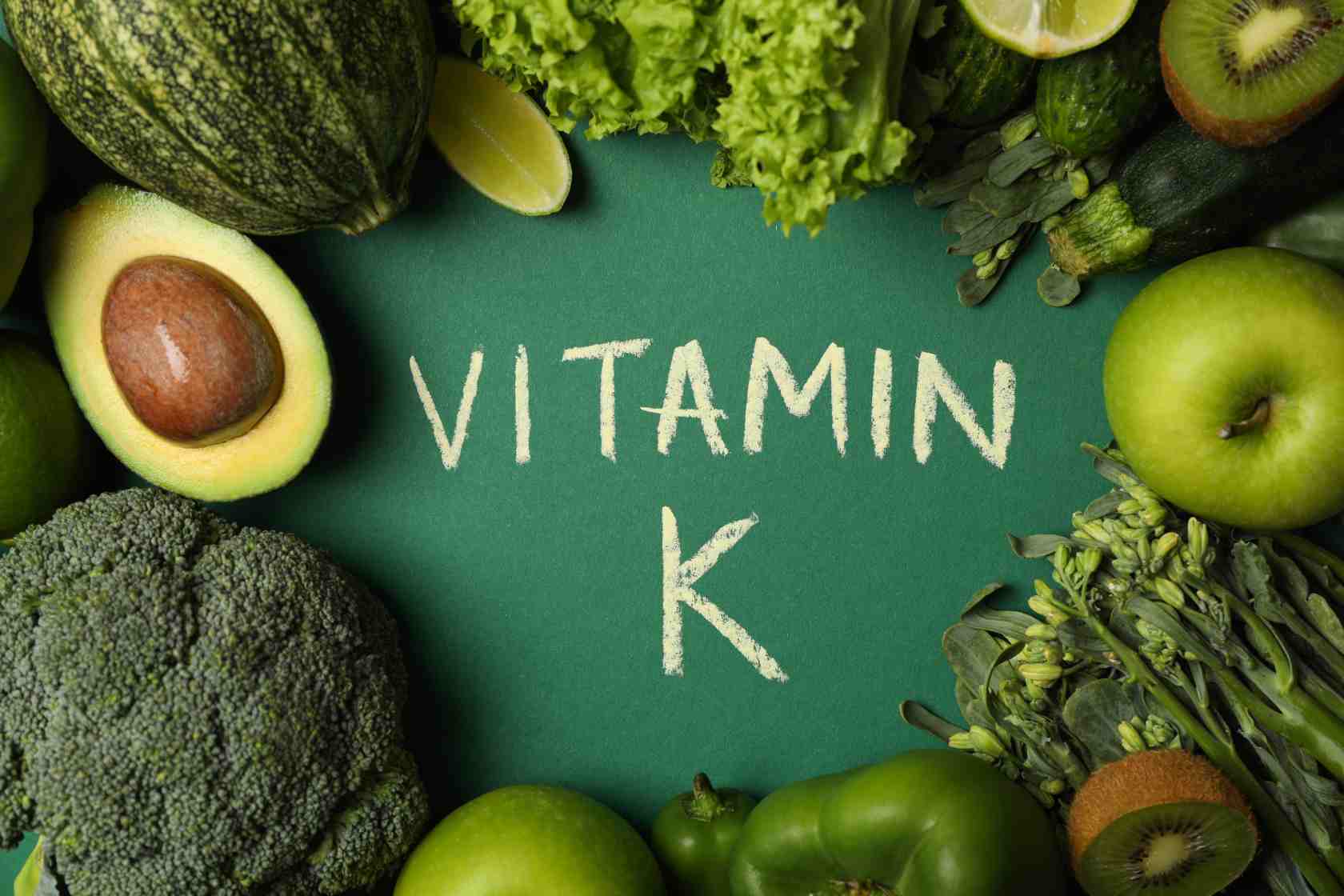
Human bodies need vitamin K to prevent blood coagulation and maintain the health of their hearts and bones. Inadequate amounts of this vitamin can result in bleeding, delayed blood clotting, lower bone mineral density, heart disease, and even cancer.
Consuming vitamin K-rich foods is essential to prevent these issues and maintain the expert-recommended intake levels of 90 micrograms (mcg) for women and 120 mcg for men.
Let’s discuss some of the foods in which vitamin K is found.

Table of Contents

What is Vitamin K?
Vitamin K is a fat-soluble vitamin essential for blood clotting and bone health. It exists in two main forms: K1 (phylloquinone), found in leafy green vegetables, and K2 (menaquinone), found in animal products and fermented foods. Vitamin K activates proteins that help in coagulation and bone metabolism. Deficiency can lead to excessive bleeding and weakened bones. It is also essential for cardiovascular health.
Sources of Vitamin K
Eating food sources is the most effective way to obtain the recommended daily vitamin K intake. The following foods include vitamin K:
Green leafy vegetables: romaine, mustard greens, parsley, Swiss chard, collards, kale, spinach, and green leaf lettuce, including cabbage, cauliflower, broccoli, and Brussels sprouts.
Meat, eggs, fish, liver, and grains (in lower amounts).
The microorganisms in the lower intestine also produce vitamin K
Top 46 Vitamin K Rich Food List
Vitamin K is a fat-soluble mineral whose structure is quite similar to that of vitamins. Here are its 2 categories along with the respective food items in which they are found.
- Vitamin K1 (Scientific Name: Phylloquinone): Sources of phylloquinone include dark and leafy vegetables, some fruits and oils.
- Vitamin K2 (Scientific Name: Menaquinone): Menaquinone is abundant in dairy products, eggs, and meat.
Let’s discuss them in detail.
List of Vitamin K Rich Vegetables
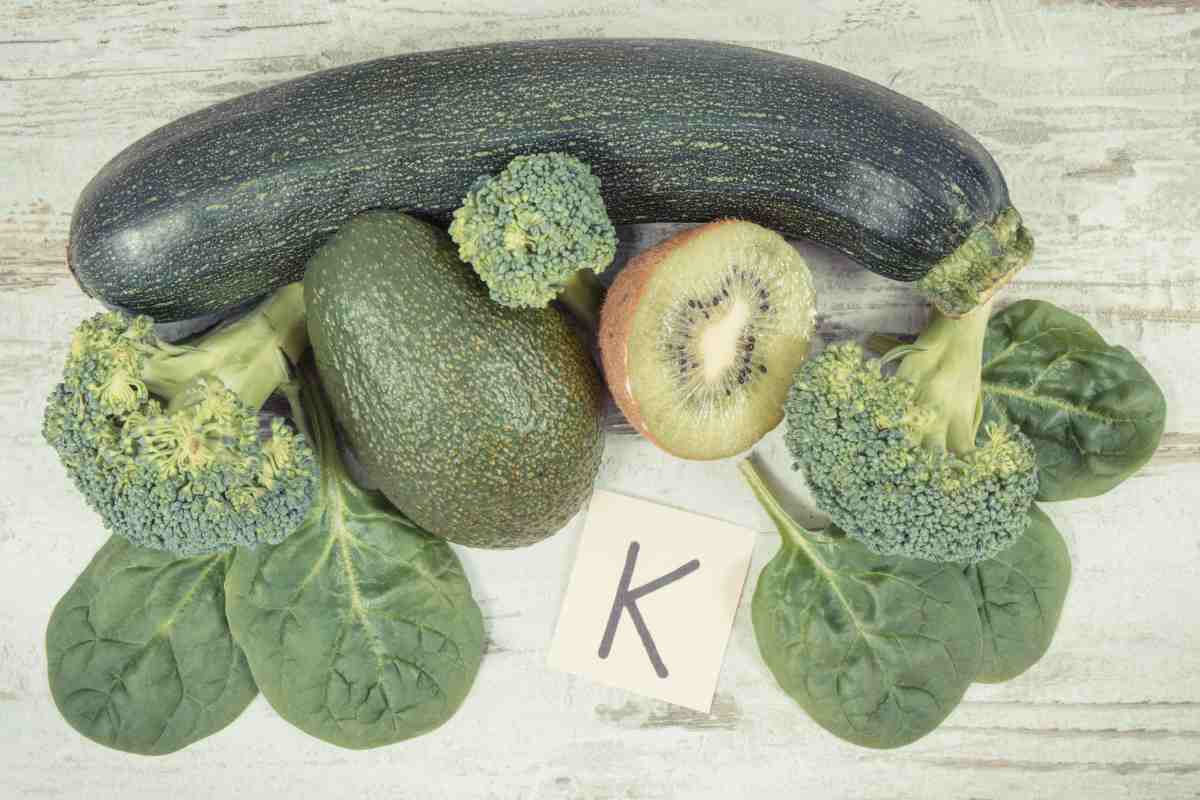
Buy these vegetables and include them in your diet plan from now on. Use these vitamin K rich veggies to make a hearty meal.
SNo. |
Vegetables | Description |
| 1 | Spinach | Half a cup of cooked spinach contains nearly 3 times more vitamin K than a raw cup of spinach, that is, 444 mcg. |
| 2 | Broccoli | You can cook broccoli in canola oil or olive oil to increase your vitamin K intake. |
| 3 | Kale | One of the superfoods, kale is the king of vitamin K. It also contains vital nutrients like calcium, potassium and folate. |
| 4 | Beet Green | Beet green is a sweeter alternative to kale and contains antioxidants and phytonutrients. |
| 5 | Brussel Sprouts | You can include it in your salads or roast it in garlic and butter to enhance its taste. |
| 6 | Collard Green | Collard green is a power pack of iron, vitamins A and B-6, magnesium, thiamine, niacin, pantothenic acid and choline, besides vitamin K. |
| 7 | Mustard Greens | Besides being one of the best vitamin K rich vegetables, mustard green is also rich in calcium, magnesium, phosphorous, zinc, iron, folate, potassium, thiamine (vitamin B1), niacin (vitamin B3) and thiamine (vitamin B1). |
| 8 | Swiss Chard | A small serving of cooked Swiss chard contains vitamins K, C, E and A, calcium, magnesium, copper, zinc, and other minerals. |
| 9 | Parsley | Parsley is another vegetable on the list of vitamin K-rich foods. Add it to your salad to prevent blood clotting and maintain bone health. |
| 10 | Cabbage | Cabbage, whether red, purple, white, or green, is rich in vitamins C, B6, and K, antioxidants like polyphenols, sulphur compounds, and folate. |
| 11 | Red Leaf Lettuce | It is one of the vitamin K rich vegetables that maintain adequate hydration and is loaded with antioxidants. |
| 12 | Asparagus | It is a low-calorie vegetable and an excellent source of nutrients such as folate, phosphorus, potassium and more. |
| 13 | Turnip Greens | Turnip greens are one of the foods that contain vitamin K and are the sure-shot antidotes for osteoporosis. |
| 14 | Green Beans | A cup of green beans also contains 31 calories, 3.3 grams of sugar and no fat. |
| 15 | Green Peas Canned | Green peas are a powerhouse of fibre, proteins, minerals and antioxidants, besides vitamin K. |
List of Vitamin K Rich Fruits
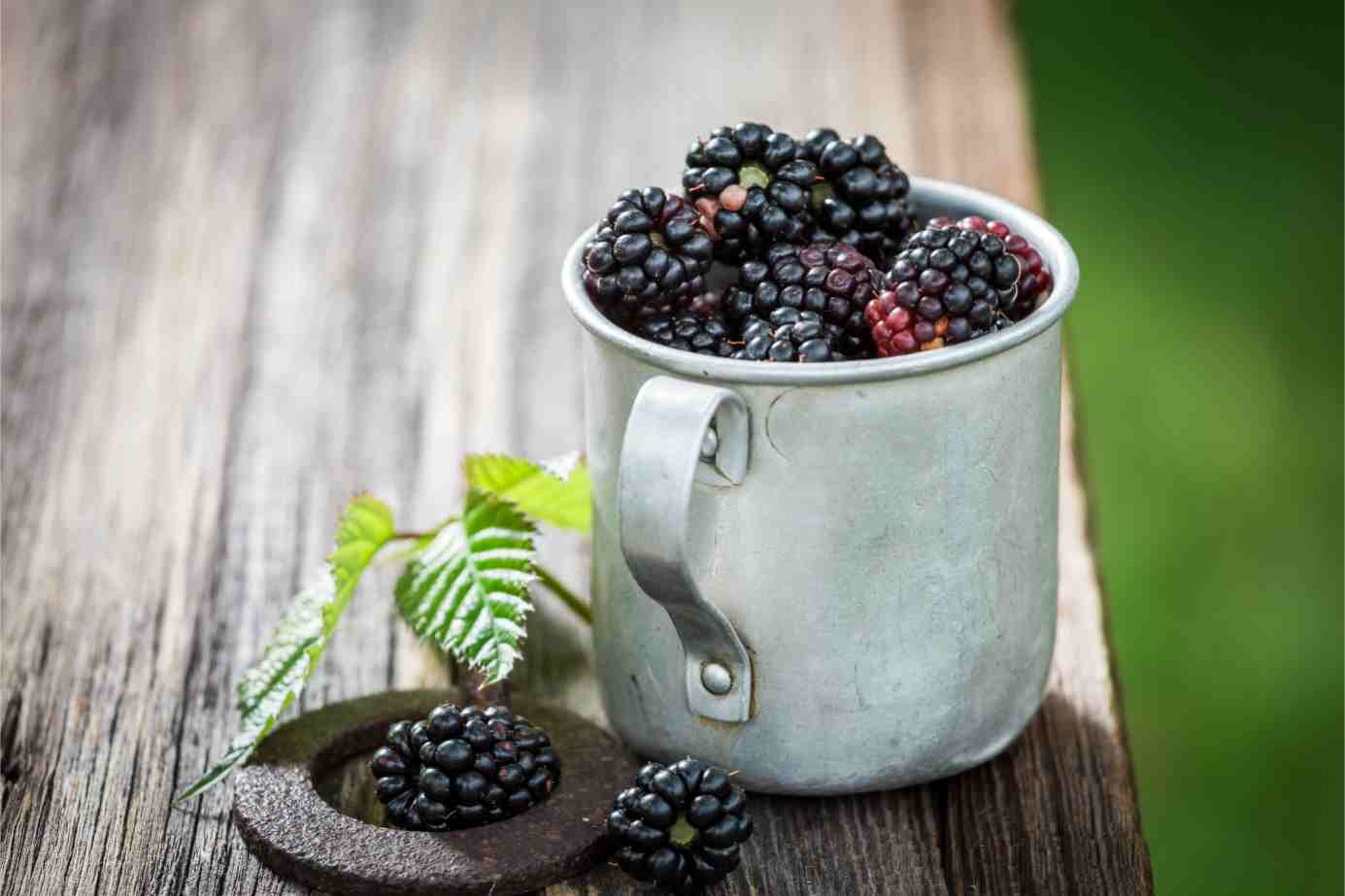
Have juicy fruits packed with vitamin K every day. Below is the list of vitamin K enriched fruits. Read and find out which fruit has the most vitamin K.
SNo. |
Fruits | Description |
| 16 | Prunes | Only half a cup of prunes is enough to keep your organs hydrated. Also, these vitamin K fruits are rich in iron and potassium and help build bones and muscles. [1] |
| 17 | Avocado | A single piece of avocado contains about 20 vitamins and minerals. Eat it raw, or make yourself some guacamole. |
| 18 | Kiwi | Besides preventing blood coagulation, kiwi protects against asthma and macular degeneration. |
| 19 | Blackberries | (Half cup: 14 mcg and 12% daily value) - Just a cup of raw blackberries provides over one-third of the recommended vitamin K. |
| 20 | Blueberries | (Half cup: 14 mcg and 12% daily value) - Each of these berries contains 85% water. They are low in calories and high in vitamins K and C. |
| 21 | Red Currants | (28.35 gm: 3.1 mcg and 3% daily value) - Due to high potassium content, these vitamin K rich fruits help maintain cardiovascular health. |
| 22 | Grapes | (10 pieces: 3.5 mcg and 3% daily value) - The antioxidants present in both red and green grapes resist chronic diseases. These are some of the most readily available vitamin K fruits in India. |
| 23 | Pomegranate | (Half cup: 14 mcg and 12% daily value) - It is one of the vitamin K rich foods high in fibre, minerals and bioactive plant compounds. |
| 24 | Figs | Include a fresh, low-calorie fig on your snack list to maintain vitamin K intake. |
| 25 | Tomatoes | Lycopene, an antioxidant that reduces the risk of heart problems and cancer, is abundant in tomatoes. Also, tomatoes contain potassium, folate and vitamin C. |
List of Vitamin K Rich Nuts and Seeds
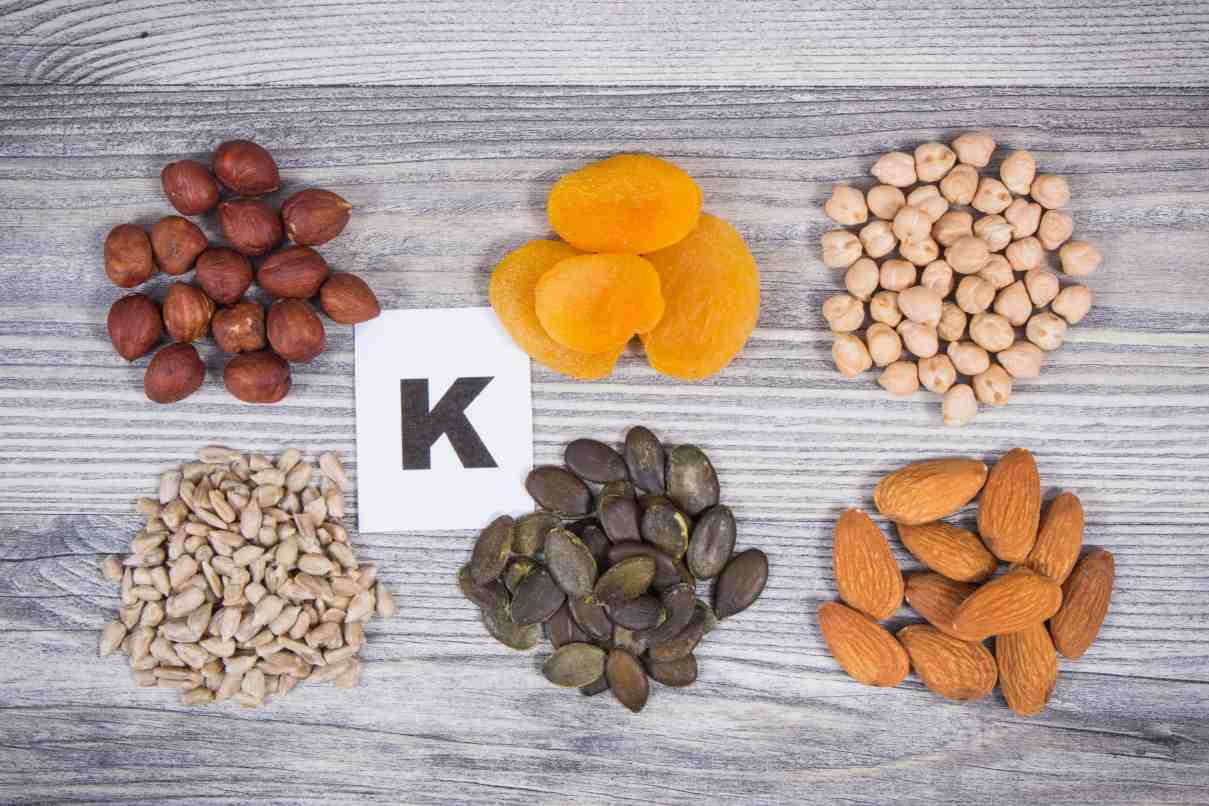
Grab these seeds and nuts and include them as snacks in your daily diet. They are packed with vitamin K.
SNo. |
Nuts and Seeds | Description |
| 26 | Soybeans (cooked) | 1/2 cup of soybeans gives you 16 mcg, 13% of the DV per serving. |
| 27 | Sprouted mung beans (cooked) | 1/2 cup of cooked sprouted mung beans provide 14 mcg 12% of the DV per serving. |
| 28 | Cashews | Cashews have 9.7 mcg 8% of the DV per serving. |
| 29 | Hazelnuts | 100 grams of hazelnuts have 34 mcg (28% of the DV). |
| 30 | Red kidney beans (cooked) | 28 gm of cooked kidney beans has 4 mcg (3% of the DV). |
| 31 | Pine nuts | 10 pine nuts are 0.9 mcg (1% of the DV). |
| 32 | Pecans | 28 gm of pecans has 1 mcg (1% of the DV). |
| 33 | Walnuts | 28 gm of walnuts has 0.8 mcg (1% of the DV). |
List of Oils that Contains Vitamin K
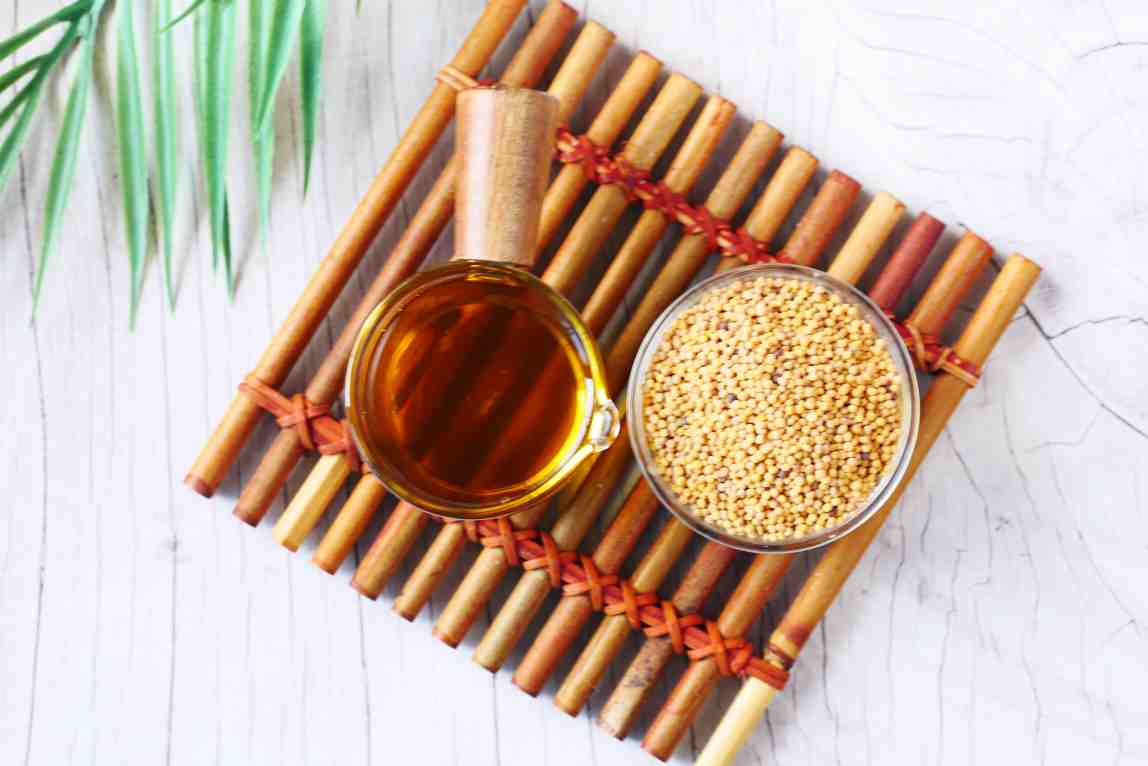
Though we all avoid oils for health maintenance, some have significant nutritional value.
Below is a chart of 8 oils that contain the most vitamin K.
SNo. |
Name of the Oil | Amount of Vitamin K Per Tablespoon |
| 34 | Canola | 10 mcg |
| 35 | Olive | 8.1 mcg |
| 36 | Sesame | 1.8 mcg |
| 37 | Safflower | 1.0 mcg |
| 38 | Sunflower | 0.7 mcg |
| 39 | Soybean | 3.4 mcg |
| 40 | Peanut | 0.1 mcg |
| 41 | Corn | 0.3 mcg |
These are a few of the vitamin K foods high in phylloquinone. Now, let’s check out some foods high in menaquinone.
List of Vitamin K Rich Meat and Fish
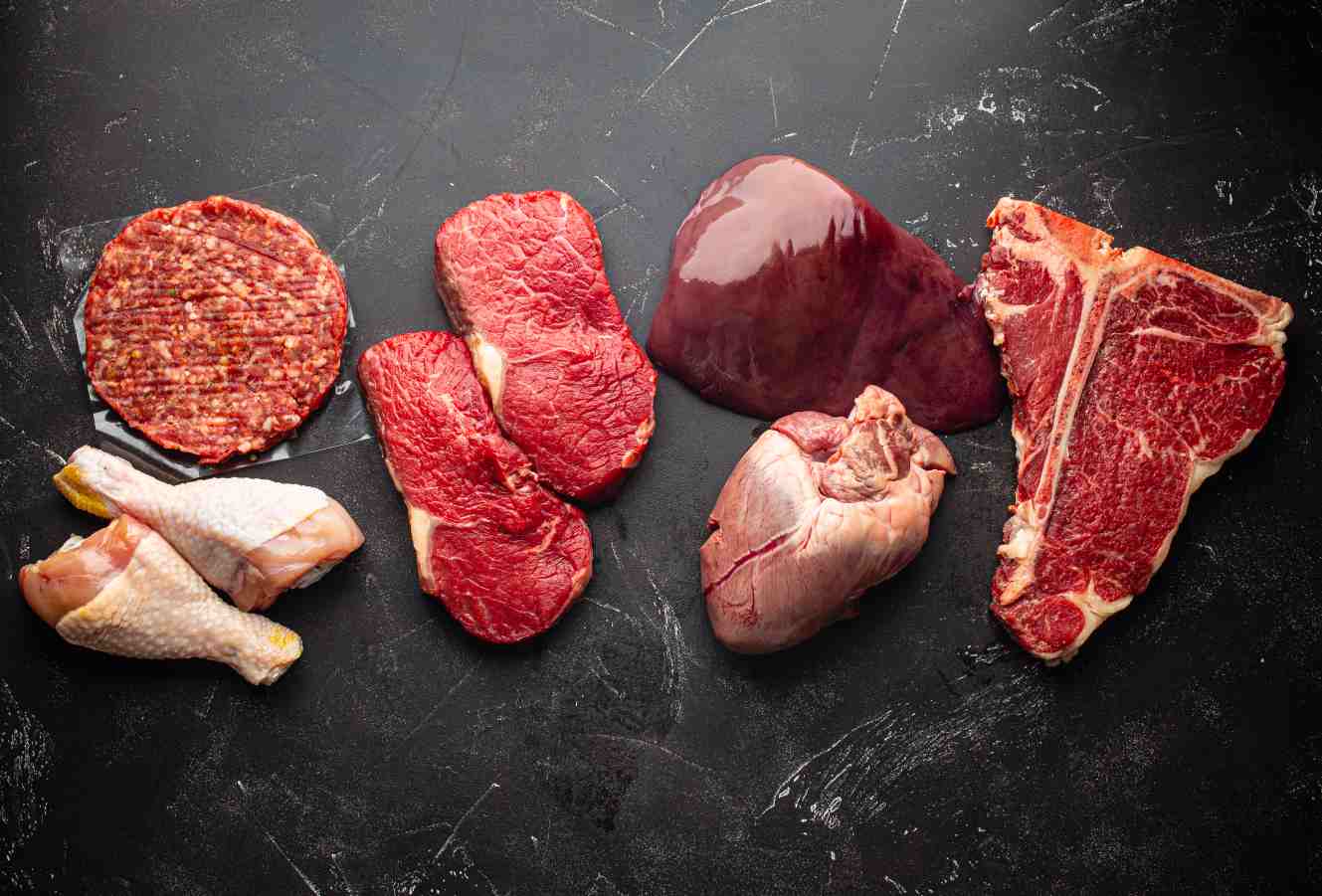
Here are a few meat and fish choices for people with low vitamin K. Incorporate these unique animal foods to gain energy and the necessary vitamins.
SNo. |
Meat and Fish | Description |
| 42 | Chicken | (100 grams: 60 mcg and 50% daily value) - One vitamin K-rich food, chicken, helps your heart function optimally. Also, selenium in chicken boosts your immunity and maintains thyroid secretion and fertility. It also contains vitamins such as B6 and B12, which take care of DNA synthesis and your central nervous system. |
| 43 | Beef Liver | (100 grams: 106 mcg and 88% daily value) - Beef liver has high vitamin K2 content, a proven nutrient for maintaining bone health. Several types of research prove that it provides calcium directly to the bones. This significantly keeps calcium away from the arterial walls as the latter may cause calcification, leading to heart diseases. |
| 44 | Pork | (100 grams: 69 mcg and 57% daily value) - Both fresh and processed pork products are high dietary sources of menaquinone. |
| 45 | Goose Liver | (1 tablespoon: 48 mcg and 40% daily value) - According to the Osteoporosis Treatment Advice website, a 3.5-ounce or 100 grams of goose liver paste contains 370 micrograms (mcg) of vitamin K. |
| 46 | Fish | Experts at the American Heart Association suggest consuming fish at least twice a week. Fish like salmon and shrimp are moderate sources of vitamin K. However, 85 gm of light canned tuna in oil provides 37 mcg of vitamin K. |
How Much Vitamin K Should You Intake?
If necessary, individuals can visit a dietician or a nutritionist to learn how to increase their vitamin K intake in their daily lives.
However, here is a table explaining how much vitamin K everybody needs according to his/her age. Now that you know some of the vitamin K rich foods, you can incorporate them into your diet as per the above table.
Group |
Adequate Amount Per Day |
| Infants (between 0 to 6 months) | 2 mcg |
| Infants (between 7 to 12 months) | 2.5 mcg |
| Children (between 1 to 3 years) | 30 mcg |
| Children (between 4 to 8 years) | 55 mcg |
| Children (between 9 to 13 years) | 60 mcg |
| Girls (between 14 to 18 years) | 75 mcg |
| Boys (between 14 to 18 years) | 75 mcg |
| Women (19 years+) | 90 mcg |
| Pregnant or breastfeeding women (19 years+) | 90 mcg |
| Men (19 years+) | 120 mcg |
Note: It is recommended to seek a professional’s help to add vitamin K to your diet. A novice’s advice may lead to unwanted problems.
Remember, excluding vitamin K food sources from your daily diet can result in uncontrollable bleeding from injuries. Although vitamin K deficiencies are rarely found in adults, they are common among newborn babies.
Calculate Your Health Metrics Instantly
Health Benefits of Vitamin K Rich Foods
Including vitamin K rich food in your diet is imperative for optimum health. Here are the health benefits of consuming vitamin K rich foods:
- Bone Health: Vitamin K is also important for bone health as it assists in regulating calcium in the body. It helps activate osteocalcin, a protein involved in bone mineralisation essential for maintaining strong and healthy bones.
- Heart Health: Vitamin K may help reduce the risk of cardiovascular diseases by preventing the calcification of arteries. Regulating calcium deposition in blood vessels maintains arterial flexibility and reduces the risk of arterial stiffening associated with heart disease.
- Brain Function: Vitamin K is also believed to play a role in brain health. It may help support cognitive function and protect against neurodegenerative diseases such as Alzheimer's by promoting the synthesis of sphingolipids essential for brain cell membranes.
- Cancer Prevention: Some studies have indicated that adequate vitamin K intake may be associated with a reduced risk of certain prostate, lung, and liver cancers. However, more research is needed to understand its effects on cancer prevention fully.
- Improved Insulin Sensitivity: Vitamin K has been linked to improved insulin sensitivity, essential for maintaining healthy blood sugar levels. Enhancing insulin sensitivity may help reduce the risk of type 2 diabetes and its complications.
- Skin Health: Vitamin K is sometimes used in skincare products for its potential to reduce the appearance of bruises and dark circles under the eyes. It promotes skin healing and reduces inflammation, contributing to overall skin health.
Different Ways to Include Vitamin K Rich Foods in Your Diet
By incorporating these vitamin K rich foods into your meals and snacks, you can quickly meet your daily requirements and enjoy their numerous health benefits. Here are various ways to include vitamin K rich foods in your diet:
- Salads: Incorporate leafy greens like spinach, kale, and arugula into your salads. Mix them with vegetables, nuts, seeds, and a healthy dressing to create a delicious and nutritious meal.
- Smoothies: Add a handful of spinach or kale to your morning smoothie for an extra boost of vitamin K. You can blend them with fruits like bananas, berries, or mangoes for a refreshing and nutrient-packed drink.
- Stir-Fries: For a quick and healthy meal, include vegetables like broccoli, Brussels sprouts, and bok choy in your stir-fries. Sauté them with garlic, ginger, and your choice of protein.
- Soups and Stews: Incorporate vitamin K-rich vegetables into soups and stews. Add spinach, kale, or collard greens to vegetable soups, lentil stews, or chicken soup for added nutrition and flavour.
- Side Dishes: Serve steamed or sautéed greens as a side dish with your main meals. Season them with herbs, spices, and a squeeze of lemon juice for extra taste.
- Fermented Foods: Include fermented foods like natto, sauerkraut, and kimchi in your diet. These foods provide vitamin K and offer probiotics that promote gut health.
- Omelettes and Frittatas: Add spinach, kale, or Swiss chard to your omelettes or frittatas. Combine them with eggs, cheese, and other favourite ingredients for a nutritious breakfast or brunch.
- Sandwiches and Wraps: Use leafy greens such as lettuce or spinach as a base for sandwiches and wraps. Layer them with lean protein, sliced vegetables, and hummus or avocado for a healthy and satisfying meal.
- Snacks: Enjoy vitamin K rich foods as snacks throughout the day. Munch on raw broccoli or cauliflower florets, kale chips, or celery sticks with peanut butter for a nutritious and crunchy treat.
Symptoms of Vitamin K Deficiency
Certain medical conditions or medications can interfere with vitamin K absorption or utilisation, leading to deficiency symptoms. Here are some symptoms of vitamin K deficiency:
What are the Health Risks of Not Getting Enough Vitamin K?
The deficiency of vitamin K comes with many risks. Ensure you are consuming enough to avoid such risks listed below:
Vitamin K deficiency increases the risk of bleeding as it is crucial for blood clotting.
Severe deficiency can lead to haemorrhaging, potentially life-threatening if it occurs in vital organs like the brain.
Inadequate vitamin K levels can result in poor bone health, raising the risk of osteoporosis and fractures due to its role in calcium regulation.
Some studies suggest a potential link between vitamin K deficiency and an increased risk of cardiovascular diseases, although further research is needed to confirm this.
Insufficient vitamin K may impair wound healing, slowing the body's ability to recover from injuries and making it more susceptible to infections.
Pregnant women with vitamin K deficiency may face complications such as excessive bleeding during childbirth, posing risks to both the mother and the baby.
Side Effects of Excessive Vitamin K Intake
While vitamin K is essential for blood clotting and bone health, excessive nutrient intake can have various adverse health effects.
- Blood Clotting: Excessive vitamin K intake can lead to an increased risk of blood clotting, which may pose a risk for people with certain medical conditions or those taking blood-thinning medications.
- Interference with Anticoagulant Medications: High vitamin K levels can interfere with the effectiveness of anticoagulant medications such as warfarin, potentially leading to complications or reduced efficacy in managing conditions like atrial fibrillation or deep vein thrombosis.
- Hemolytic Anaemia: In rare cases, excessive vitamin K supplement intake can cause hemolytic anaemia. In this condition, red blood cells are destroyed faster than they can be produced, leading to symptoms like fatigue, weakness, and jaundice.
- Liver Damage: Prolonged excessive intake of vitamin K supplements may strain the liver, potentially leading to liver damage or dysfunction, especially in individuals with pre-existing liver conditions.
- Allergic Reactions: Some individuals may experience allergic reactions to high vitamin K supplements, manifesting as skin rashes, itching, swelling, or difficulty breathing.
- Gastrointestinal Disturbances: Excessive vitamin K intake can cause gastrointestinal disturbances such as nausea, vomiting, diarrhoea, or abdominal pain, particularly when consumed in large doses or in sensitive individuals.
- Interference with Vitamin E Absorption: High vitamin K levels may interfere with vitamin E absorption, potentially leading to deficiencies of this essential nutrient and its associated health implications.
- Kidney Stones: Some evidence suggests that excessive vitamin K supplement intake may increase the risk of developing kidney stones, particularly in individuals prone to this condition or those with pre-existing kidney issues.
Should You Take a Vitamin K Supplement?
A diversified and balanced diet should provide you with all the required vitamin K. Avoid excessive amounts of vitamin K pills, which could have negative effects. As long as used as directed, vitamins K1 and K2 are probably safe. It is safe to utilise 10 mg of vitamin K1 and 45 mg of vitamin K2 daily for up to two years. Although most individuals tolerate it well, others may get diarrhoea or an upset stomach.
Vitamin K is an essential vitamin whih the body needs. To fulfill that need you may choose from the above list of foods to add to your daily diet. If diet does not suffice, supplements are always available. Take supplements in moderation and under the supervision of a registered medical practitioner to avoid risks. Anything done in moderation will always benefit you.
Protect What Matters - Explore Other Insurance Options
















